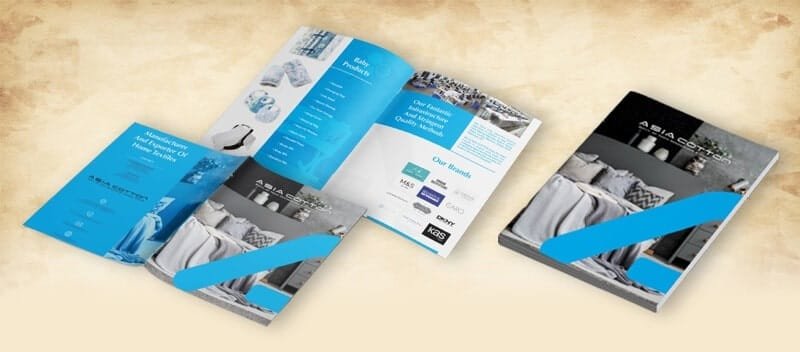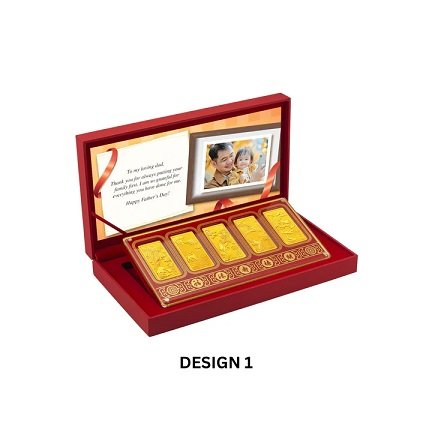Key Takeaways
- Design principles that enhance booklet appeal
- Effective ways to craft compelling content
- Use of colors and fonts to attract readers
- Understanding the target audience
- Benefits of integrating interactive elements
Introduction to Booklet Design
Booklet design intertwines creativity with purpose, offering a tangible way to communicate ideas in an age proliferated with digital content. As print materials continue to hold unique value, particularly for marketing, educational, and personal projects, the effectiveness of a booklet lies in its ability to capture and hold attention. Designing a booklet involves more than just aesthetics; it’s about creating a seamless experience for the reader, starting with the choice of binding. Techniques like wire bound book printing not only ensure structural integrity but also enhance the booklet’s visual appeal, creating a professional look that entices readers to dive deeper into its pages. This exploration of design principles will illuminate how integrating strategic elements can make any booklet engaging and memorable.
Understanding Your Audience
Before diving into design and content creation, understanding your audience is paramount. Your audience—whether they are educators, students, customers, or industry professionals—should influence the booklet’s tone, style, and content. Identifying demographics such as age, interests, and reading habits can sharply focus your content direction. For instance, knowing whether your audience prefers detailed narratives or succinct summaries can guide your writing style immensely. Insights from a Pew Research study on social media and internet use show shifting consumption patterns, underscoring the need for content that resonates with specific groups. Such understanding enhances content relatability and maximizes engagement, ensuring your booklet serves its intended purpose effectively.
Crafting Compelling Content
In booklet design, content reigns supreme. The text should captivate and guide the reader smoothly from beginning to end. Using varied sentence structures keeps the narrative lively—alternating between short, punchy sentences and longer, descriptive ones hold the reader’s interest. Effective storytelling blended with factual and relevant information caters to both emotional and analytical minds. Simplicity in language doesn’t mean dumbing down content; rather, it’s about crafting clear, concise messages that linger with the reader. Implementing such techniques ensures the audience receives the key takeaways effortlessly, experiencing both enjoyment and education as they flip through your booklet.
Harnessing the Power of Color and Font
Color and typography form the visual language of your booklet. They’re more than decorative elements—they influence perception and emotion. Strategic use of color, for instance, can evoke certain feelings or prompt actions. Bright hues may draw attention, while cooler tones might convey calmness or professionalism. Similarly, fonts impact readability and tone. For example, serif fonts are often seen as traditional and reliable, whereas sans-serif fonts may appear modern and clean. Studies have shown that colors can indeed affect purchasing behavior and memory retention, making them powerful tools in your design arsenal. Your choices should align with the message you intend to convey, enhancing the overall experience and ensuring the booklet’s aesthetic complements its content.
Layout and Design Elements
An effective layout is one that guides the reader’s journey seamlessly across the booklet’s content. Logical structuring through headers and subheaders offers a roadmap that enhances comprehension and accessibility. Visual aids like bullet points and numbered lists break down dense information, making it digestible without overwhelming the reader. Each design element should work harmoniously within the booklet, ensuring visual coherence while allowing the reader to focus on the key messages. This thoughtful organization improves readability and enhances user engagement, leading to a more fulfilling interaction with the material.
Integrating Interactive Elements
Bridging the gap between print and digital worlds, interactive elements can elevate a booklet from static to dynamic. Including QR codes or embedded hyperlinks allows readers to explore beyond the pages, connecting with additional digital assets. These can include video content, blogs, or related web pages that deepen understanding of the booklet’s subject matter. According to a recent report by Statista, interactive content significantly increases user engagement, often translating to higher conversion rates for marketing campaigns. Such elements enrich the reader’s experience, offering interaction and access to a broader spectrum of information.
The Impact of High-Quality Images
Images should support the text, adding depth and clarity to the narrative. High-quality visuals capture the reader’s eye, breaking up text and offering an aesthetic breather. They explain complex ideas quickly, making the booklet more accessible and engaging. A well-chosen photograph or graphic can infuse a story with emotion and context, highlighting the nuances of your message. Used effectively, images become integral elements of booklet design, ensuring that readers not only absorb information but also remember it.
Final Thoughts on Booklet Design
A well-crafted booklet is a remarkable tool for communication and engagement. By blending compelling content with thoughtful design and interactive elements, your booklet can achieve both aesthetic appeal and functional excellence. This marriage of art and science ensures that your message is communicated and resonates deeply with your audience. In an era where digital content often dominates, a creatively designed booklet can stand out as a tactile reminder of your brand, idea, or mission, offering readers a unique and memorable experience.
Conclusion
In conclusion, effective booklet design serves as a powerful medium to convey messages and engage audiences in a meaningful way. By applying key design principles—such as understanding your target audience, crafting compelling content, and leveraging the strategic use of colors and fonts—you create a cohesive and visually appealing experience that resonates with readers. The integration of interactive elements further enriches this experience, bridging the gap between print and digital and encouraging deeper exploration of the content presented. Ultimately, a well-designed booklet transcends mere aesthetics, transforming into a vital communication tool that captivates and informs.
As we navigate an increasingly digital landscape, the enduring value of print materials cannot be underestimated. A thoughtfully designed booklet not only stands out but also offers a tangible connection that digital formats often lack. By combining creativity with purpose, booklet designers can forge lasting impressions that elevate their brand or message, ensuring that their ideas remain seen and remembered. Embracing this artful approach to booklet design allows creators to communicate effectively and leave a lasting impact on their audience, making every page an opportunity for engagement and discovery.



